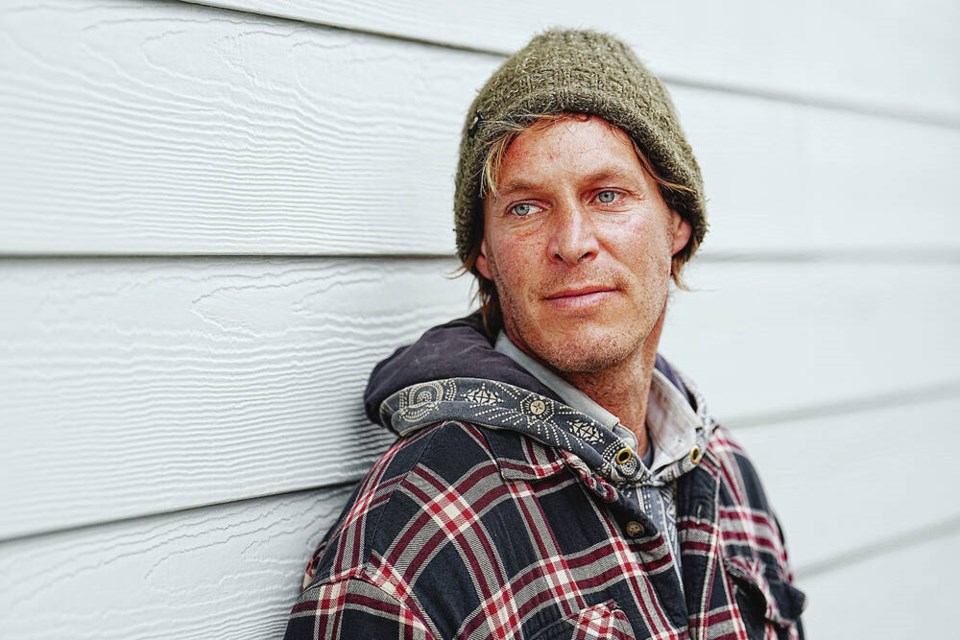A few months ago, Dan was a renter in Langford.
For the last month and a half, however, he’s been staying at a shelter in Saanich, after he was evicted from his apartment so that it can undergo renovations and has been unable to find a new home. It’s his first brush with homelessness, and he said it’s opened his eyes to the reality for so many in the region who are unhoused.
“You really realize that there are a million different stories and a million different reasons, and a lot of people are trying really hard to better themselves and house themselves,” said Dan, who asked that his last name not be published because of the stigma associated with his situation. “And there can be a lot of roadblocks in the way, even if you are working and focusing on getting the help you need.”
The 37-year-old was struggling with anxiety and depression around the time he had to leave his $1,000-a-month bachelor apartment, which compounded the challenge of looking for new housing in a market that’s already tight and increasingly unaffordable.
“That anxiety kind of let things spiral out of control. I ended up leaving a full-time job and just working temporarily,” said Dan.
He’s now back working full-time as a carpentry apprentice and getting help for his mental health, and hopes to have enough money saved to find a place to live next month.
But starting from zero — living in a shelter — makes everything harder, he said.
“You’re exhausted almost all the time,” Dan said. “You’re not able to have access to storage … so you’re basically carrying your life on your back — two changes of clothes and pyjamas and toiletries, and you’re going to work like this.”
Dan said he’s frustrated with the way he hears many people complain about homelessness, suggesting people should just get a job and all their problems would be solved. It was a sentiment he shared to some degree before he found himself living in a shelter. Many of the others staying in the shelter are in a similar boat, he said.
“They go to work every day — they’re trying to scrimp and save and find a place,” he said. “It’s maybe not so cut and dry.”
There are many people in the region who, like Dan, are finding themselves in need of help for the first time, as food prices and other costs grow ever higher, said Diana Gibson, executive director of the Community Social Planning Council.
The organization, which runs a rent bank to provide financial support to households at risk of eviction, has been seeing households with higher and higher incomes come for help, Gibson said.
“We’re seeing this real squeeze on households that’s making them quite vulnerable,” she said.
More than half of the households calling the rent bank recently are in need of support for the first time, she said.
“Previously they would have been able to weather a one-time crisis, whether that’s a mental-health crisis or a work injury or a divorce, but now because of the financial pressures, they’re not able to weather that one-time crisis,” she said.
Next week, volunteers will head out into the streets and shelters of Greater Victoria to capture a snapshot of what homelessness looks like in the region as part of a nationwide Point in Time Homeless Count.
Surveys of people staying in shelters and sleeping rough help paint a picture of who is affected by homelessness, how they became unhoused and how they can be supported into housing, Gibson said.
Taken together, the answers help identify gaps in the system and how best to address the crisis, she said.
The last Point in Time Count, on March 11, 2020, identified 1,523 people experiencing homelessness. Two-thirds of them were male, and the majority were between 25 and 55.
The Point in Time Count takes place on the night of March 7 and throughout the next day.
>>> To comment on this article, write a letter to the editor: [email protected]



